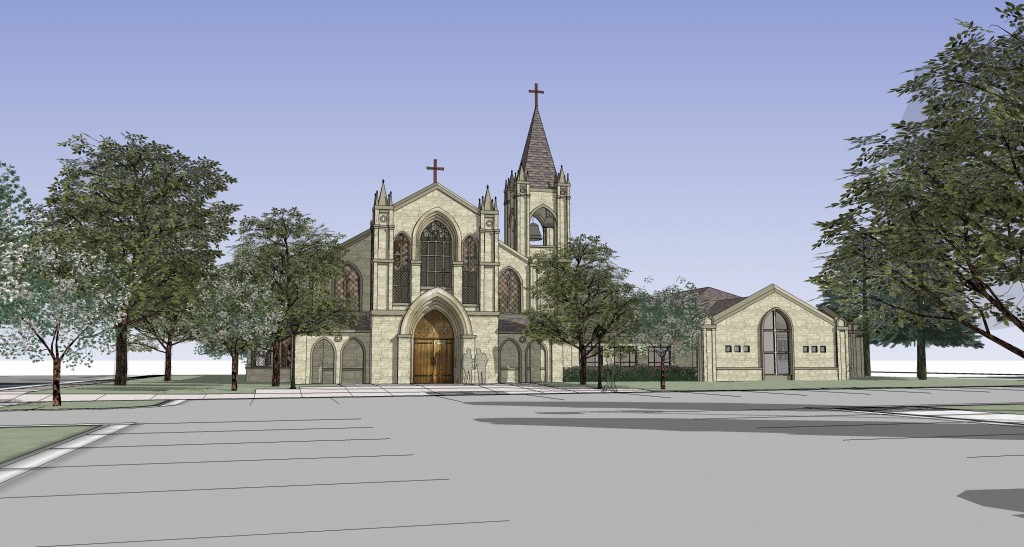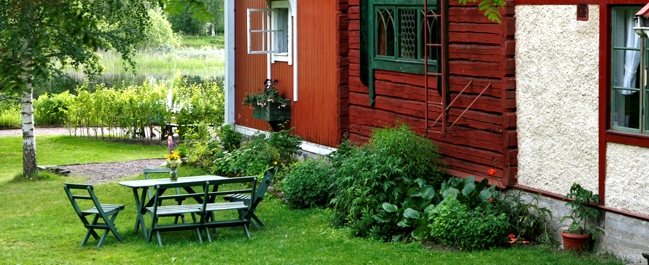
The state of ecclesiastical architecture is abysmal and is not likely to become non-abysmal anytime soon. The most beautiful churches in America and Europe were created in places and times where entire communities were united behind a single building project, a collective monument to the sacred. Neither the cathedral at Chartres or the more austere white steepled churches of New England were the efforts of cafeteria-style Christians who had a choice where to devote their tithings.
Today church buildings do show some variety, including “strip mall classical” and “Disneyland Gothic,” but many overtly scorn the divine, a concerted rejection of historic European Christianity. There are soaring rafters suited to ski lodges; over-sized crucifixes bearing angular, non-human Christs; blank walls without statuary, stained glass or other iconography; and altars-in-the-round lit by skylights and surrounded by potted ferns and pews with padded kneelers. These churches are accommodating, but so are convention halls and firehouses. For Catholics, Vatican II brought in an era when secular modernism was embraced and churches were redefined as meeting places. Many threw out treasured artifacts.
Architecture isn’t everything. But it isn’t nothing either.
Fortunately, there is hope in a small but growing movement for traditional architecture. Here and there congregations resist the trend. They either tirelessly preserve old buildings or attempt to bring to new life the highest principles of sacred architecture. One exemplar of this is Our Lady of Mount Carmel Catholic Church in Littleton, Colorado, a church attempting its own architectural revolution, hoping to convert its current building, above, into the structure below.
I don’t mean to be unkind and truthfully I’ve never seen it in person, but the structure above looks like the check-in building for a middlebrow ski resort, a place where you sip hot chocolate and coffee before retiring to your room. Architecture isn’t everything and a congregation can conjure flying buttresses, gargoyles and rose windows. I’m sure Our Lady of Mount Carmel has seen the heights, but human beings are weak and it’s hard to conceive of the transcendent in an ersatz chalet.

Read More »







